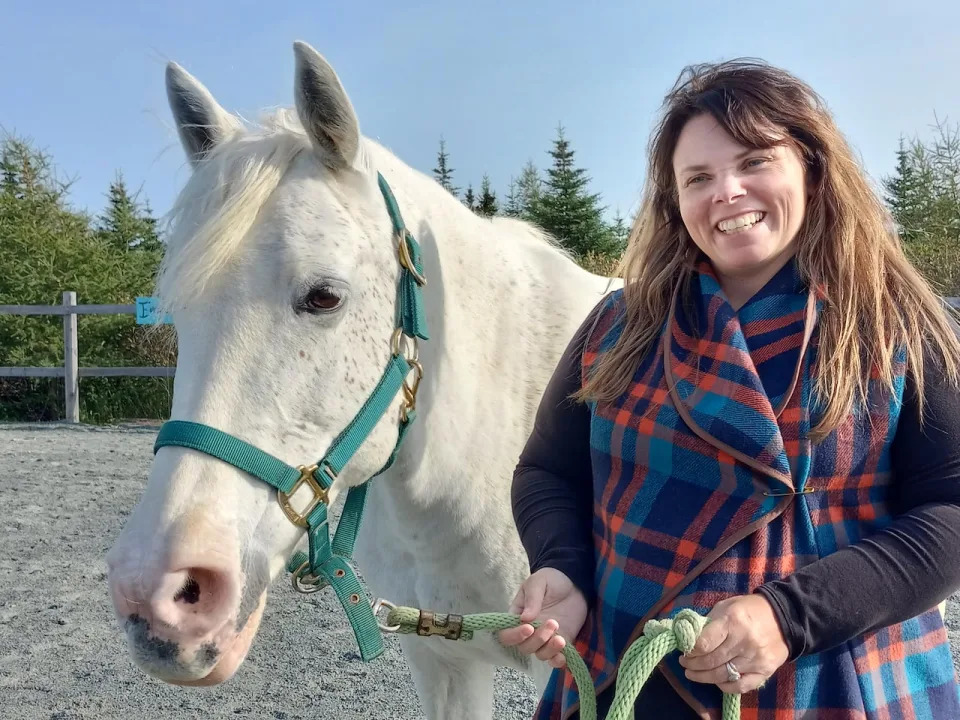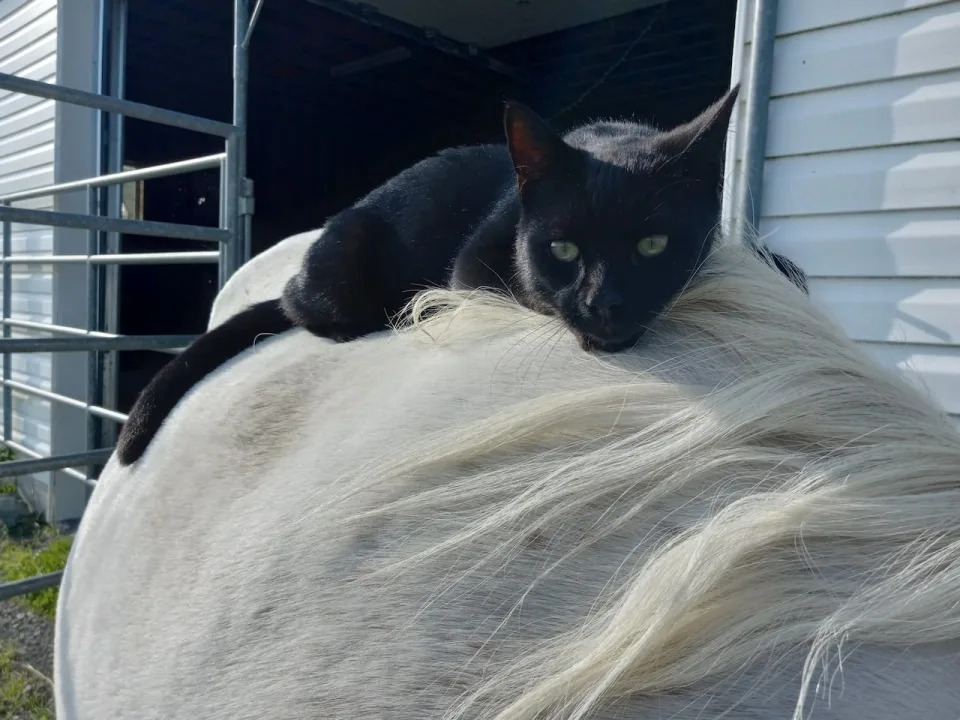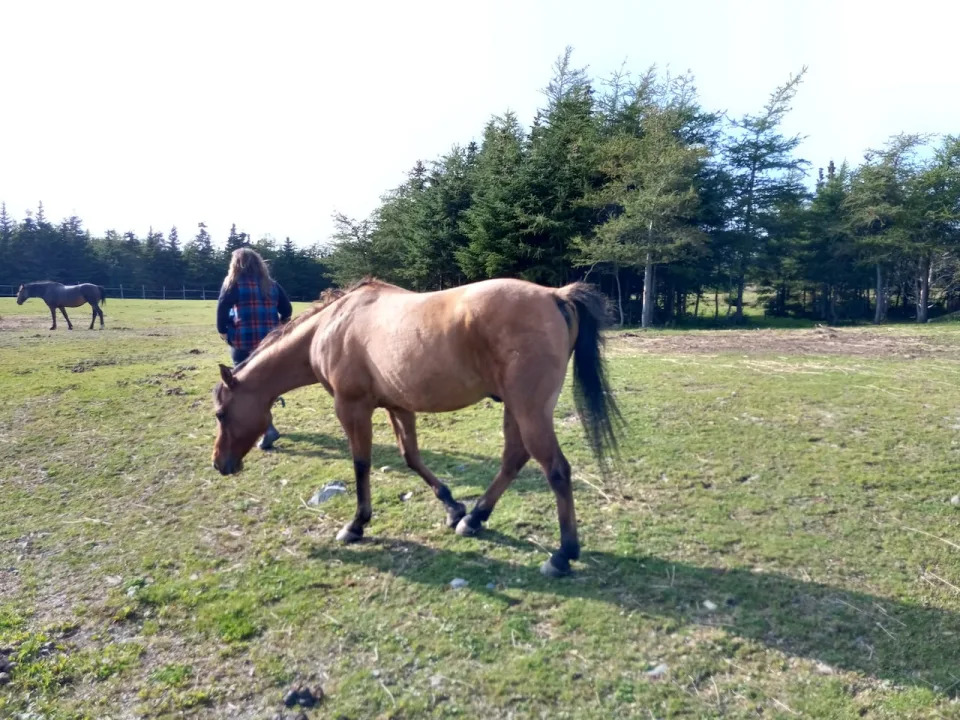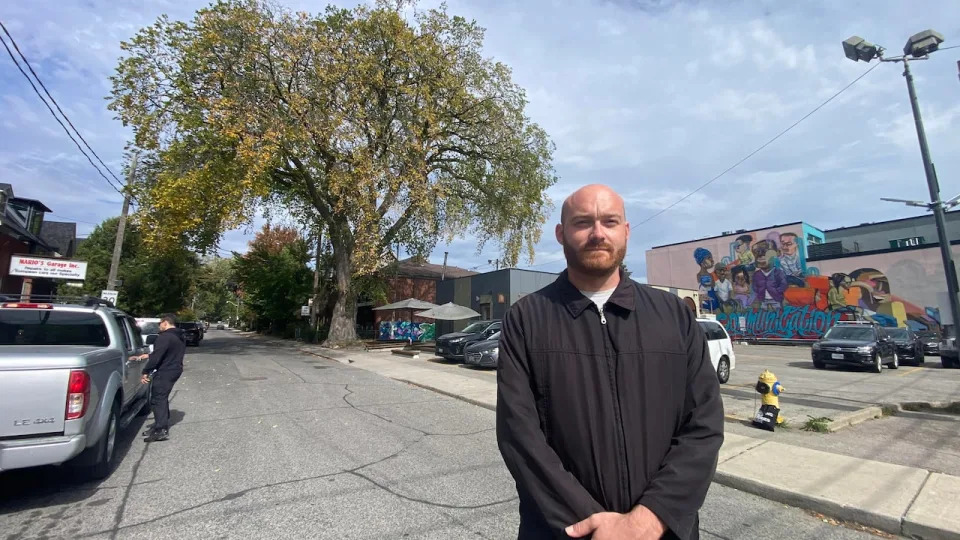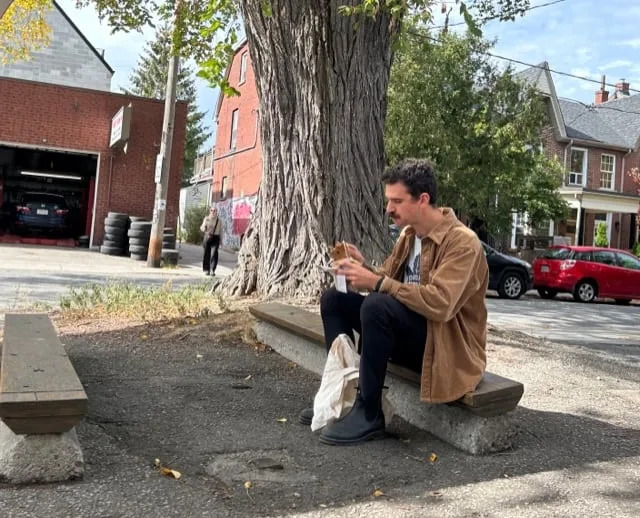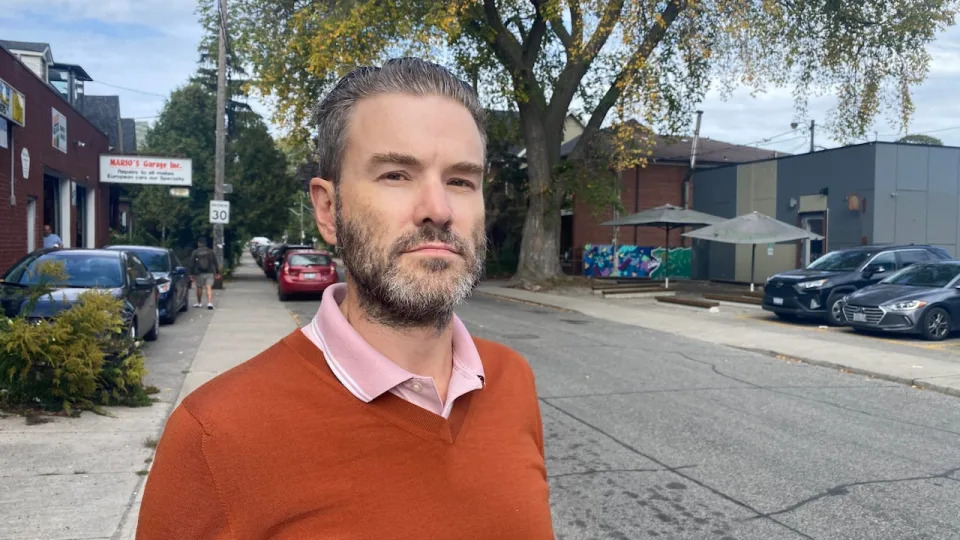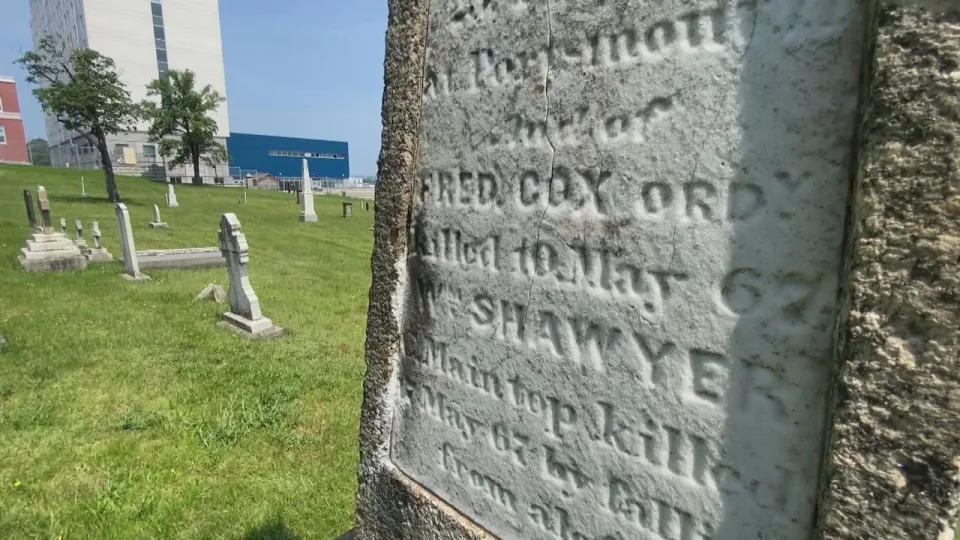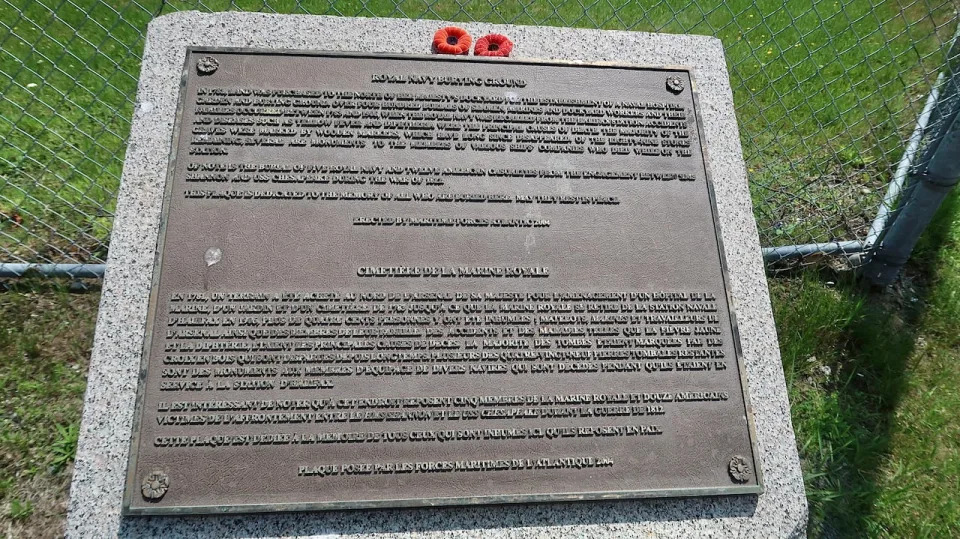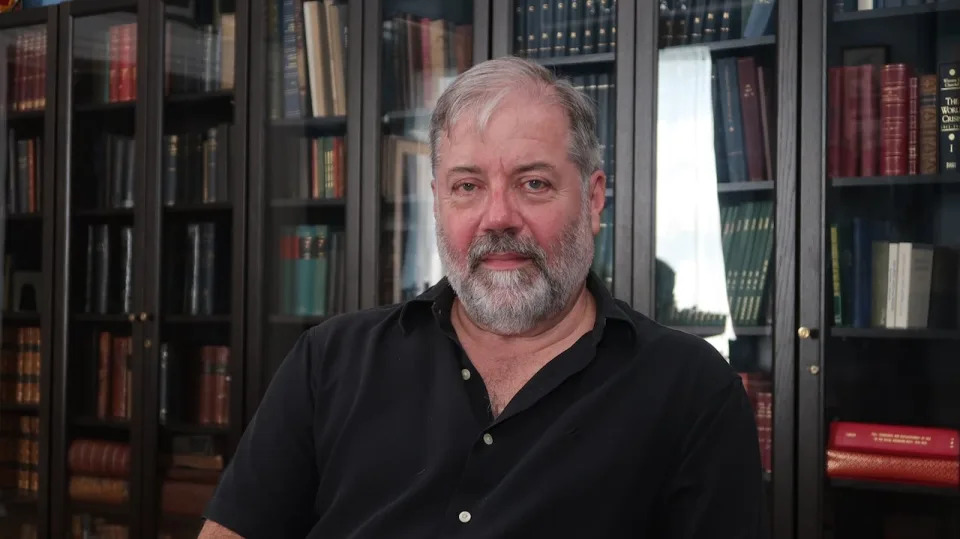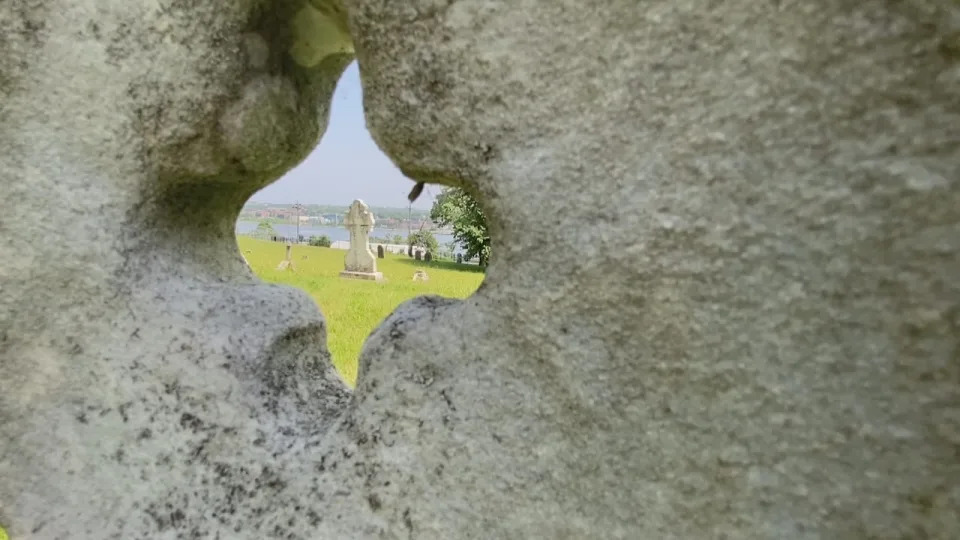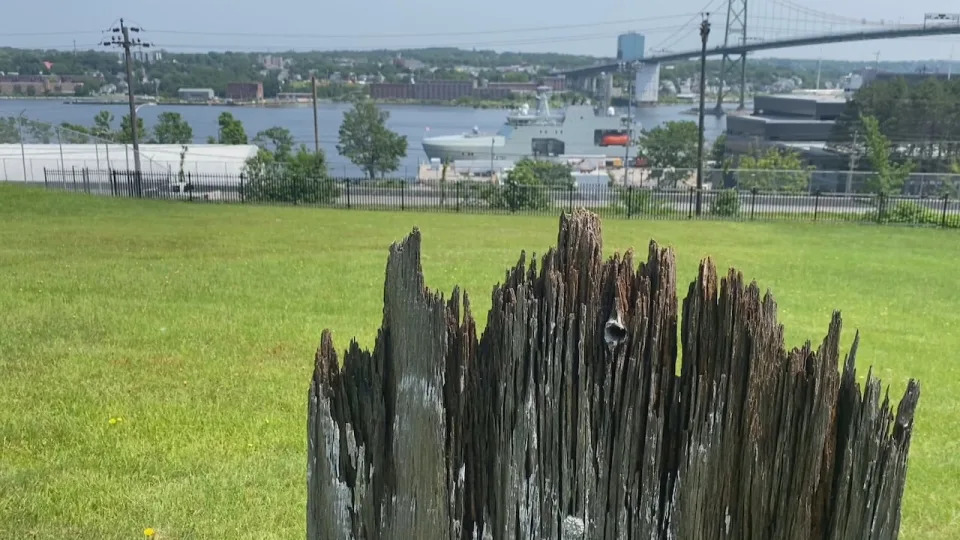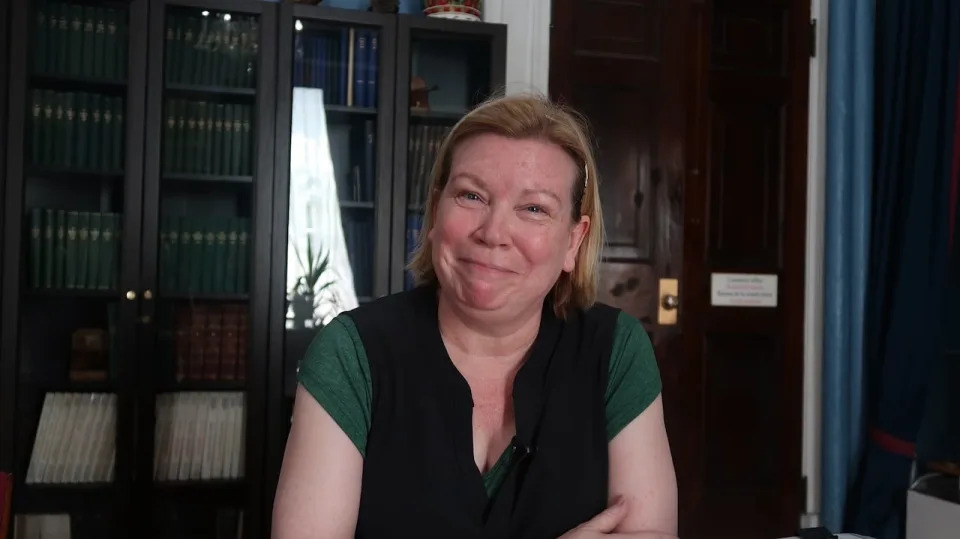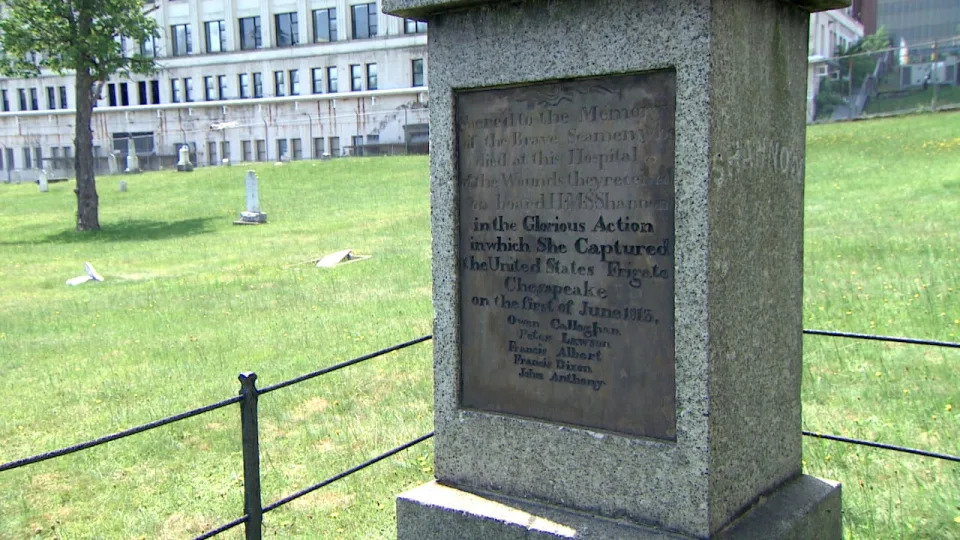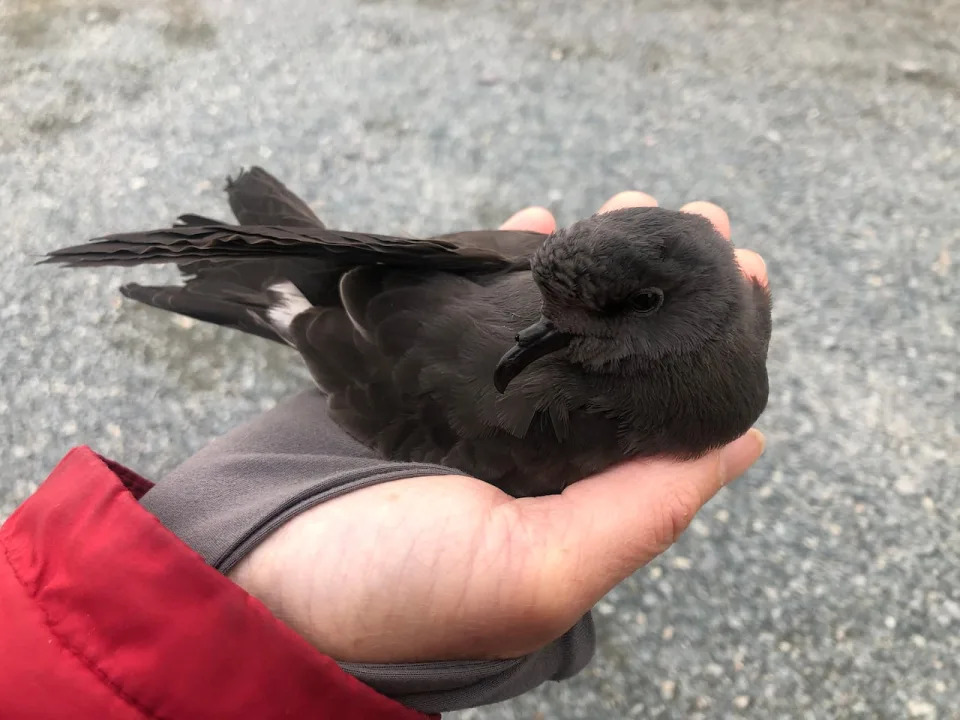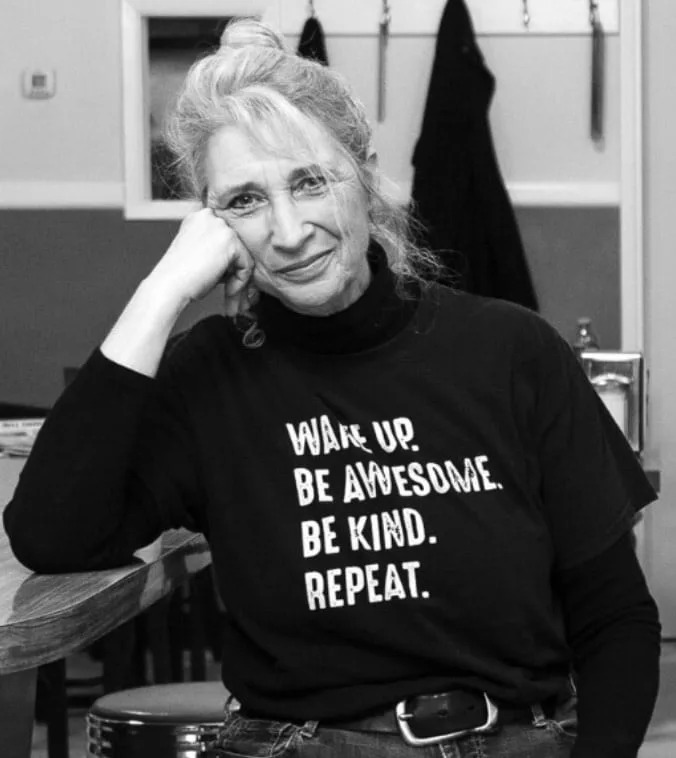CANADA
‘An advertisement for the nuclear industry’: Jonathan Wilkinson slammed for accepting nuclear waste strategy
Story by The Canadian Press •
On Thursday, Natural Resources Minister Jonathan Wilkinson accepted the Integrated Strategy for Radioactive Waste, paving the way for a deep geological repository and multiple near-surface disposal facilities.
Justin Roy, a councillor for Kebaowek First Nation, an Algonquin First Nation opposing a low-level nuclear landfill site beside the Ottawa River, calls Wilkinson’s move both “concerning and disheartening,” he told Canada’s National Observer.
The near-surface disposal facility would be in Chalk River, roughly 180 kilometres northwest of Ottawa. The facility is a large above-surface mound that will house radioactive tools and protective equipment within a kilometre of the Ottawa River, a culturally significant river for the Algonquin Nation and a water source for millions. The Canadian Nuclear Safety Commission will decide in the coming weeks or months whether the near-surface disposal facility will get the go-ahead.
Roy interprets Wilkinson’s rhetoric in the press release as a green light for the near-surface disposal facility proposed by Canadian Nuclear Laboratories.
“It just makes you think that the writing is on the wall when it comes to the[near-surface disposal facility], for sure,” he said.
The facility plan is undergoing “a thorough regulatory review process led by the Canadian Nuclear Safety Commission, including an assessment of any potential effects on the environment based on science, evidence, and Indigenous knowledge,” a statement from Natural Resources Canada said.
But Roy believes the commission is skirting Indigenous consultation and knowledge. He points to how Canadian Nuclear Laboratories, the company constructing the near-surface facility, did not change or edit its proposal to reflect Algonquin environmental assessments done over the past year, Roy said.
Roy is skeptical the Nuclear Safety Commission will heed the concerns of opposing Algonquin Nations. He thinks the commission is box-ticking Indigenous consultation off the checklist on the way to approval. The commission also did not make any edits or changes based on Algonquin concerns, Roy said.
Algonquin opposition will consider all options, including legal avenues if the near-surface disposal facility goes forward, Roy said.
The Chalk River facility will be the first in Canada, with Wilkinson’s press release pointing towards an expansion of “multiple near-surface disposal facilities,” setting the stage for a nuclear waste boom in Canada.
Ninety per cent of the waste is from Chalk River Laboratories, owned by Canadian Nuclear Laboratories, a private subsidiary of the Crown corporation Atomic Energy of Canada Limited. Canadian Nuclear Laboratories is owned primarily by AtkinsRéalis, formerly known as SNC-Lavalin.
Elizabeth May, co-leader of the Green Party of Canada, is concerned about the growing presence of the nuclear industry’s role in radioactive waste management, which may signal an expansion of nuclear energy through small modular reactors. Bruce Power has already announced it is planning to expand the largest operating nuclear power station in the world.
May fears AtkinsRéalis is positioning itself as a player in the nuclear industry with possible expansions in Quebec, New Brunswick and the Prairies. It’s a steep rise for the company: AtkinsRéalis only arrived on the nuclear scene once it bought Atomic Energy of Canada Limited for a “bargain, basement price” from the Harper government, May said.
“There's not a single indication in that press release from … Wilkinson that there's any caution or concern around the nuclear industry's plans,” she told Canada’s National Observer.
May called Wilkinson’s acceptance “a veritable advertisement for the nuclear industry in Canada.”
Meanwhile, site selection for the deep geological repository to hold all of Canada’s intermediate and high-level nuclear waste will be decided in 2024.
The facility will be 500 metres underground, a depth roughly equivalent to the height of the CN Tower. Two sites are being looked at: one in South Bruce and another in northern Ontario near Ignace.
The underground repository is opposed by many First Nations in northern Ontario, with Nishnawbe Aski Nation, a political organization of over 50 First Nations, passing a resolution in 2022 against the proposed northern Ontario site.
However, Grand Council Treaty 3, an organization of Treaty 3 First Nations, has already made agreements with the Nuclear Waste Management Organization, which will develop the underground repository.
The Nuclear Waste Management Organization is also beginning to develop a new waste site for intermediate waste, such as pumps and filters, and non-fuel high-level waste derived from medical isotope production, Joshua Terry, Senior Communications Officer for the Nuclear Waste Management Organization told Canada's National Observer. It's unclear if the new facility will be another deep geological repository.
The Nuclear Waste Management Organization will begin the consent-based siting process for the intermediate waste site in the coming months. Communities involved in the siting process for the deep geological repository would have the opportunity to participate in consultations in the new site, but it is not required, Terry added.
— With files from Natasha Bulowski
Matteo Cimellaro / Canada’s National Observer / Local Journalism Initiative
Matteo Cimellaro, Local Journalism Initiative Reporter, Canada's National Observer




